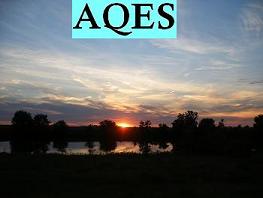
| Home | Group Members | Research Areas | Research Facilities | Research Collaborations | Classes | Publications | News & Awards | Directions to NCEL |
Contact Info:
Mark J. Rood, Ph.D.
Ivan Racheff Professor of Environmental Engineering
Department of Civil and Environmental Engineering
University of Illinois
3230E Newmark Lab, MC-250
205 N. Mathews Ave.
Urbana, IL 61801 USA
Tel. (217) 333-6963
Fax. (217) 333-9464
mrood@illinois.edu
Development and Evaluation of a Novel Integrated Vacuum Carbonate
Absorption Process for Post-Combustion CO2 Capture
A major source of carbon dioxide (CO2) emission into the environment is from the combustion of fossil fuels to generate electricity. Currently, mono-ethanol-amine (MEA)-based absorption is considered as the best available option for the capture of CO2 from flue gas streams. However, the cost for CO2 removal with MEA ranges between $40/ton and $60/ton CO2 .This cost is mainly due to the intensive energy consumption in the process, which contributes to about 60% of the total capture cost. To reduce the energy use during absorption, solvents with lower heats of absorption are preferable. Aqueous solutions containing carbonate salt is one such option. However, compared with the MEA solution, carbonate solutions with low heats of absorption exhibit much slower chemical reaction rates with the CO2 . A biological catalyst, carbonic anhydrase enzyme, is being investigated to promote the rate of CO2 absorption in a Potassium carbonate solution. Carbonic anhydrase is the most effective catalyst known to date for the CO2 hydration reaction. However, its application to absorption processes for the post-combustion CO2 capture is new. This research studies the absorption rates of CO2 into potassium carbonate solutions with and without the enzyme and the absorption fluxes in both cases are compared. The activity of the enzyme catalyst is evaluated under select experimental conditions including temperature, concentrations of CO2 in the gas phase, and degrees of reaction extend. Also a mathematical model is under development to predict the performance of the CO2 absorption in the PC solution. The model is based on the film theory and includes the major reactions involved in CO2 absorption. |
